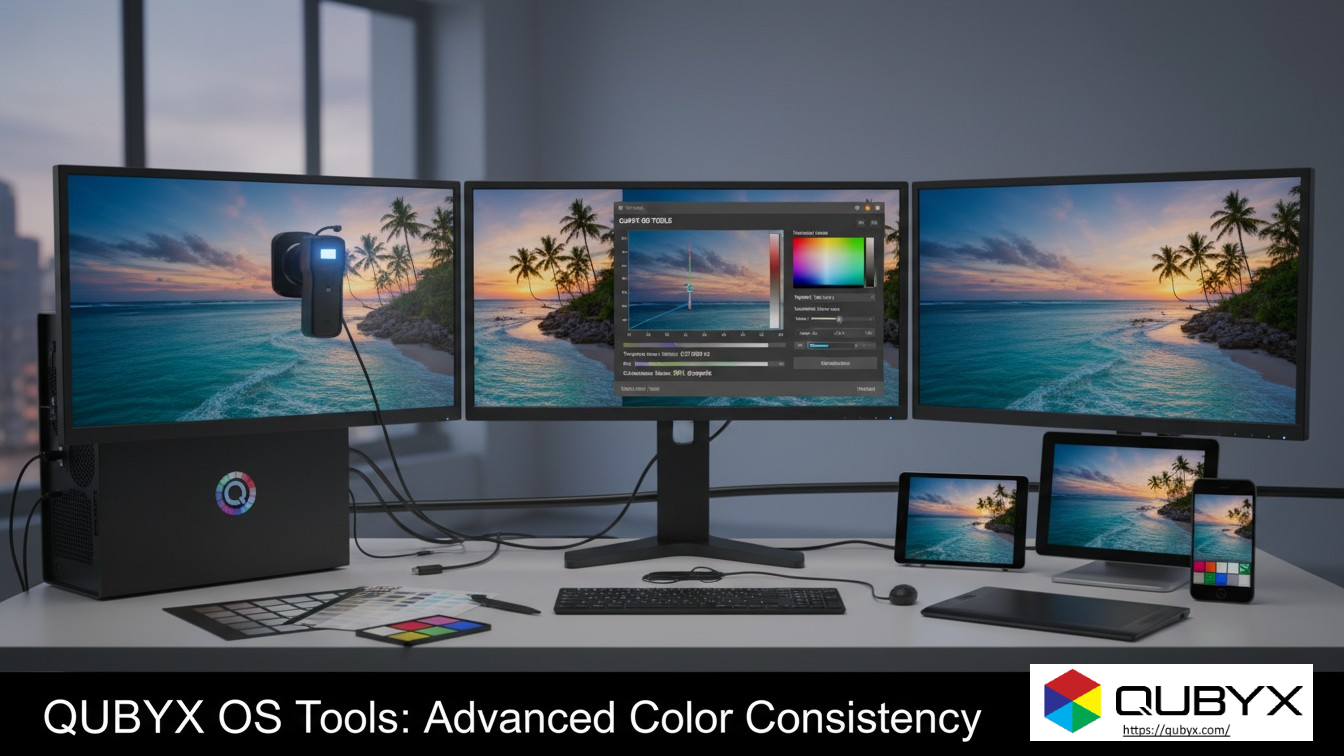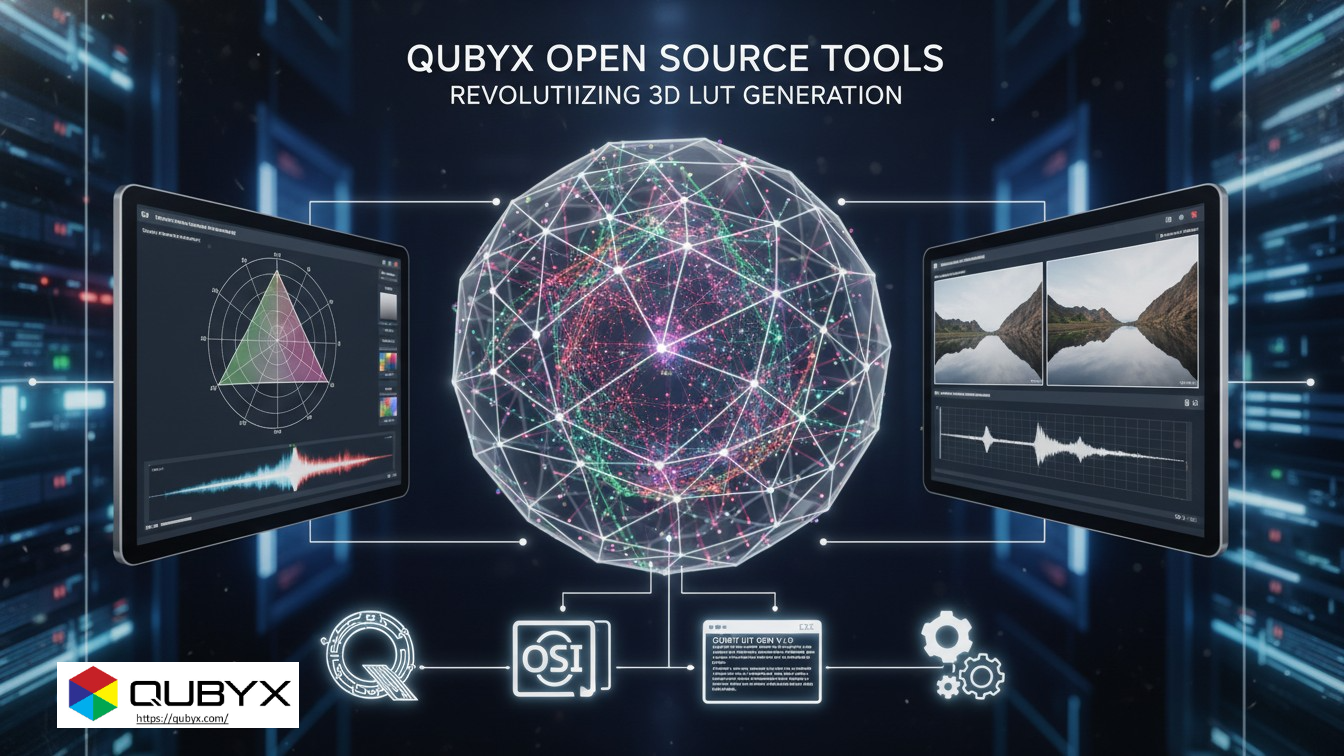News
- Home
- Perfectlum Medical Display Calibration | Diagnostic Accuracy USA & Global
Perfectlum Medical Display Calibration | Diagnostic Accuracy USA & Global
- September 2, 2025
- Shamsul
PerfectLum Medical Display Calibration | Diagnostic Accuracy USA & Global
In medical imaging, “good enough” visuals are never good enough. A subtle shade difference in a lung field, an almost-imperceptible edge in a mammogram, or a faint lesion in a CT slice can mean the difference between catching pathology early and missing it altogether. That’s why diagnostic-grade accuracy—repeatable, standards-based, and verifiable—is the North Star for every workstation and reading room. PerfectLum is built for that mission. It transforms from pixels to Precision, everyday pixels into calibrated, compliant displays that support confident clinical decisions—day after day, display after display.
Below is a comprehensive look at what “diagnostic-grade” actually means, why monitors drift away from it, and how PerfectLum closes the gap with calibration science, quality-assurance automation, and enterprise-scale control.
Why Diagnostic-Grade Accuracy Matters
Modern modalities generate enormous detail—bit depth, dynamic range, and subtle grayscale gradations that carry clinical meaning. If your display cannot faithfully render those signals, noise creeps in:
- Perceptual mismatch: The eye expects a uniform, predictable change in brightness from one gray level to the next. Uncalibrated monitors distort this relationship, masking faint structures or exaggerating artifacts.
- Inter- and intra-reader variability: Two radiologists viewing the same case on different, poorly calibrated displays can reach different conclusions; even the same reader may interpret the same image differently on different days.
- Regulatory exposure: Many regions and institutions require documented conformance to recognized standards. Without evidence of compliance, organizations face audit risks and quality gaps.
The solution isn’t just “turn the brightness up.” It’s a standards-based, measured, and continuously verified approach to luminance, grayscale response, and color—precisely what PerfectLum delivers.
What “Diagnostic-Grade” Entails
Diagnostic-grade displays are judged against accepted benchmarks:
- DICOM Part 14 GSDF: The Grayscale Standard Display Function defines how gray levels should be rendered so each step represents an equal Just Noticeable Difference (JND) to the human visual system.
- Barten model: A foundational model of visual contrast sensitivity that underpins GSDF and helps translate physics into perception—ensuring that faint but clinically relevant contrast isn’t lost.
- Acceptance and routine QA patterns: Frameworks such as AAPM TG18 and DIN 6868-157/-57 provide standard test patterns and tolerances for verifying luminance, contrast, uniformity, and spatial performance.
- Color fidelity for mixed-modality workflows: Many reading environments now include color imaging (e.g., nuclear medicine fusions, surgical planning, dermatology, pathology). Here, ∆E (Delta-E) metrics quantify color error.
PerfectLum operationalizes these requirements so they are practical at scale—not just once at installation, but as an ongoing discipline.
The Problem: Displays Drift
Every monitor—medical or not—drifts with time and use. Backlights age, panels warm up, ambient light changes, and settings get nudged. Without intervention, grayscale response deviates from GSDF, peak luminance shifts, and black level rises. The result: reduced contrast in the tones where your eyes need it most.
PerfectLum addresses drift with closed-loop calibration and scheduled QA, bringing your displays back to target and keeping them there.
How PerfectLum Ensures Precision
1) GSDF-accurate calibration engine
PerfectLum measures your display’s native response and computes a correction that maps it to DICOM Part 14 GSDF. This puts equal visual distance between adjacent gray steps (equal JNDs), which is vital for discerning subtle structures in radiographs and CT. The underlying perceptual modeling (informed by the Barten curve) ensures changes are meaningful to the human eye—not just to an instrument.
2) Luminance target and black-level control
Calibration isn’t only about “shape” (the GSDF curve); it’s also about scale. PerfectLum helps you hit target maximum luminance and black level consistent with local policy and modality needs. Stable black levels preserve shadow detail; correct peak luminance ensures adequate contrast headroom without washout.
3) Color calibration with measurable ∆E
For color-dependent use cases (e.g., hybrid reading rooms, surgery planning, dermatology, dentistry, pathology images or overlays), PerfectLum performs color characterization and correction. On supported displays, sub-unit ∆E errors (i.e., <1) can often be achieved—rendering color differences below the threshold of human perception and enabling consistent cross-workstation color.
4) Ambient-light awareness
Reflections and room-light variability can sabotage even a perfectly calibrated monitor. PerfectLum supports ambient light assessment and guidance so that viewing conditions align with policy. Consistency in illuminance helps ensure that the display’s calibrated state translates into real-world, diagnostic clarity.
5) Sensor flexibility and hardware LUTs
PerfectLum works with internal and external sensors and leverages hardware LUTs on supported medical displays when available for superior precision and stability. Where hardware LUTs are not present, GPU LUTs provide accurate correction with careful dithering and bit-depth control.
6) Multi-monitor uniformity and matched viewing
Reading rooms often combine several displays from different vendors or ages. PerfectLum’s calibration profiles help match monitors so the same image looks the same everywhere—minimizing cognitive friction and supporting consistent reads.
Built-in QA And Compliance You Can Prove
Calibration establishes a baseline; quality assurance proves you’re staying there. PerfectLum turns QA into a reliable routine:
- Acceptance testing: Establishes that newly installed displays meet institutional and vendor requirements on day one, with documented results.
- Scheduled constancy tests: Automated checks (daily, weekly, monthly—your choice) verify GSDF adherence, luminance stability, color drift, and uniformity trends.
- Standard test patterns: Support for AAPM TG18 and DIN workflows ensures evaluators use familiar, validated methods.
- Actionable thresholds and alerts: If a display drifts beyond tolerance, PerfectLum flags it, recommends corrective action, and logs outcomes.
- Audit-ready reports: Generate tamper-evident PDFs/records for accreditation bodies and internal audits. Reports include pass/fail status, trend graphs, date/time stamps, device IDs, operator notes, and change history.
With PerfectLum, QA becomes a living process—not an annual scramble before inspections.
Enterprise-Scale Control For Clinical IT
Radiology is a team sport, and so is display management. PerfectLum supports the realities of large estates:
- Centralized policy management: Define calibration targets and QA intervals by room, modality, or department (e.g., mammography vs. general radiography).
- Fleet scheduling and remote execution: Push schedules and initiate tasks remotely to reduce desk-side visits. Overnight windows keep clinical workflows uninterrupted.
- Notifications and dashboards: Track compliance at a glance. Drill into outliers or trend lines before they become problems.
- Role-based access: Let physicists, PACS admins, and biomedical engineers collaborate efficiently with the right level of control and visibility.
- Cross-platform support: Deploy across Windows (including Windows 11) and macOS environments so mixed fleets remain manageable and compliant.
From Grayscale To Color: Covering Every Modality
While traditional radiology remains grayscale-centric (CR/DR, CT), modern practice increasingly blends modalities and disciplines:
- Mammography: Demands rigorous luminance and GSDF adherence to ensure microcalcifications and faint masses remain visible against varying backgrounds.
- Nuclear medicine & fusion: Color overlays and fused datasets (PET/CT, SPECT/CT) require stable color rendering and accurate grayscale underlays.
- Surgical planning, dentistry, dermatology, pathology: Vivid but clinically meaningful color distinctions benefit from tight ∆E controls and consistent white points.
PerfectLum’s combined grayscale and color pipelines keep these hybrid workflows coherent and predictable.
A Practical Deployment Blueprint
Getting from “we should calibrate” to “we are continuously compliant” is straightforward with a structured plan:
- Inventory and baseline: Enumerate all displays by location, model, backlight type, hours of use, and current performance. Run initial measurements to understand drift magnitude and variability.
- Define policies: Establish targets (GSDF, luminance range, white point, ∆E thresholds) by clinical use case and local/organizational standards. Align with your medical physicist and quality committee.
- Calibrate priority systems: Start with diagnostic workstations and mammography. Leverage hardware LUTs where supported; set appropriate warm-up and ambient-light practices in rooms.
- Automate QA schedules: Daily quick checks for critical stations; weekly/monthly constancy for others. Add quarterly or semiannual comprehensive tests per policy.
- Enable alerts and dashboards: Configure notifications for out-of-tolerance conditions and expiring calibrations. Monitor trends to preemptively service aging panels.
- Document and audit: Generate acceptance and periodic QA reports. Store them centrally with versioning and access controls for inspections.
- Expand to the edge: Extend calibration and QA to non-diagnostic but clinically relevant displays (e.g., technologist stations), ensuring the entire chain—from acquisition to review—is coherent.
What Changes When Calibration Becomes Culture
Organizations that institutionalize calibration and QA with PerfectLum typically report:
- Higher reader confidence thanks to predictable grayscale and color response across rooms and days.
- Fewer workflow disruptions because fleet health is visible and issues are addressed proactively, not reactively.
- Smoother audits with structured, reproducible evidence of compliance and routine testing.
- Better collaboration between radiologists, medical physicists, PACS/IT, and biomedical engineering—everyone sees the same targets and the same results.
While no software can guarantee a clinical outcome, PerfectLum reduces the display as a variable—so clinical insight is limited only by the image and the reader, not the monitor.
Frequently Asked Questions
Is GSDF calibration useful on non-medical displays?
Yes—while medical-grade panels provide advantages (uniformity compensation, higher luminance, hardware LUTs), GSDF alignment and routine QA still meaningfully reduce variability on many commodity displays used for secondary review or technologist tasks.
How often should we calibrate?
It depends on usage intensity, environment, and policy. A practical starting point is to calibrate at acceptance, re-calibrate when constancy tests indicate drift beyond tolerance, and run routine QA at intervals (e.g., daily quick checks for primary diagnostic displays, weekly/monthly for others).
Can we hit ∆E < 1 everywhere?
On supported displays, sub-unit ∆E is achievable, particularly with hardware LUTs and stable environments. On other panels, expect slightly higher but still tightly controlled color errors—well within clinical tolerance for most workflows.
What about ambient light?
Viewing conditions matter. PerfectLum helps assess and standardize them, but set room-light policies (e.g., controlled illuminance, minimized reflections) to ensure calibrated performance translates to the eye.
The Bottom Line
“From pixels to precision” is not a slogan—it’s a discipline. PerfectLum codifies that discipline with GSDF-accurate calibration, color fidelity, automated QA, and enterprise orchestration. The result is diagnostic-grade accuracy you can measure, monitor, and prove—so your teams can focus on what matters most: making timely, confident decisions for patients.
At QUBYX, we don’t just enhance images—we redefine what image quality means for the industries that depend on it.
PerfectLum calibration software, medical display calibration, diagnostic-grade accuracy monitors, DICOM Part 14 GSDF calibration, Barten curve grayscale calibration, QA automation for medical imaging, monitor drift correction in radiology, Delta-E <1 color calibration, enterprise display quality assurance, compliance with AAPM TG18 and DIN 6868-157, radiology display calibration software, cross-platform calibration Windows 11 macOS, ambient light assessment in diagnostic imaging, hardware LUT calibration software, medical imaging monitor QA reports, fleet-wide display calibration management, mammography monitor calibration, surgical planning color fidelity, pathology and dermatology display calibration, continuous compliance in medical displays,
PerfectLum calibration software USA, diagnostic display calibration Europe, medical imaging QA solutions Germany, radiology monitor calibration UK, compliance with DICOM GSDF Canada, healthcare imaging display calibration Australia, enterprise medical display QA UAE, mammography monitor calibration Saudi Arabia, diagnostic-grade imaging accuracy Singapore, PerfectLum radiology software Pakistan, medical display compliance India, color calibration for pathology Japan, QA automation for medical imaging France, display calibration software Middle East, diagnostic monitor precision South Korea, healthcare imaging quality assurance Italy
Related Posts
- December 1, 2025
- News
How QUBYX OS Tools Deliver Next-Level Color Consistency The Hidden
- November 30, 2025
- News
Open-Source Tools for Medical Display QA: Why QUBYX Leads the
- November 29, 2025
- News
How QUBYX Open Source Tools Revolutionize 3D LUT Generation




